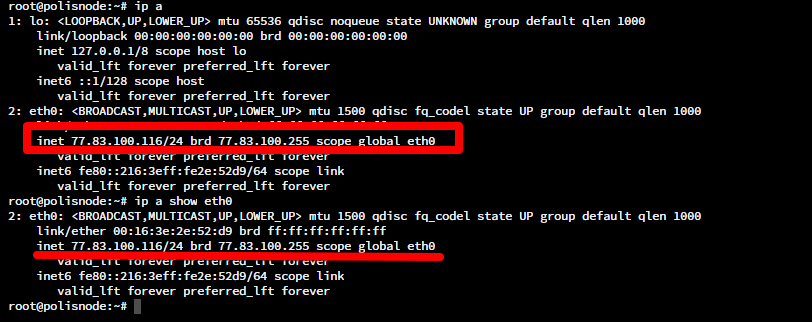

The Manual is designed to walk new users through the steps of obtaining a copy of MX Linux, installing it, configuring it to work with one's own hardware, and putting it to daily use. Please send us feedback, corrections or suggestions using one of the methods listed below. As such, it will inevitably contain errors and omissions, although we have worked hard to minimize them.
Opendns updater 2.2.1 manuals#
Special thanks for strong ongoing support of this project go to the MX Linux Packagers to video producers Dolphin_Oracle, richb and m_pav to our great volunteers and to all our Translators!įigure 1-1: The *need* for manuals () This Users Manual is the product of large group of volunteers from the MX Linux community. The MX Dev Team is composed of a group of volunteers of various backgrounds, talents and interests. KDE/plasma and Fluxbox environments are also available. Ongoing backports and outside additions to our Repos serve to keep components current with developments as users require. Relying on the excellent upstream work by Linux and the open-source community, with MX-19 we deploy Xfce 4.14 as Desktop Environment on top of a Debian Stable (Debian 10, "Buster") base, drawing from the core antiX system.
Opendns updater 2.2.1 android#
It is a midweight OS designed to combine an elegant and efficient desktop with simple configuration, high stability, solid performance and medium-sized footprint. OpenDNS Updater is an extremely easy to use android app to perform dynamic IP updates on OpenDNS services. MX Linux is a cooperative venture between the antiX and former MEPIS communities, using the best tools and talents from each distro and including work and ideas originally created by Warren Woodford. File Info : application/pdf, 199 Pages, 7.40MB Document Document mxum MX-19.2 Users ManualĬtrl-F = Search this Manual Ctrl+Home = Return to topġ Introduction.4 1.1 About MX Linux.4 1.2 About this Manual.4 1.3 System requirements.5 1.4 Support and EOL.6 1.5 Bugs, issues and requests.6 1.6 Migration.7 1.7 Our positions.8 1.8 Notes for Translators.8Ģ Installation.10 2.1 Introduction.10 2.2 Creating a bootable medium.11 2.3 Pre-Installation.15 2.4 First look.20 2.5 The Installation process.31 2.6 Troubleshooting.38ģ Configuration.41 3.1 Peripherals.41 3.2 Basic MX Tools.48 3.3 Display.61 3.4 Network.66 3.5 File management.75 3.6 Sound.82 3.7 Localization.84 3.8 Customization.87Ĥ Basic use.104 4.1 Internet.104 4.2 Multimedia.105 4.3 Office.115 4.4 Home.119 4.5 Security.120 4.6 Accessibility.122 4.7 System.122 4.8 Good practices.130 4.9 Games.134 4.10 Google tools.141ĥ Software Management.143 5.1 Introduction.143 5.2 Repos.144 5.3 Synaptic.147 5.4 Troubleshooting.152 5.5 Other methods.153Ħ Advanced use.159 6.1 Windows programs under MX Linux.159 6.2 Virtual machines.160 6.3 Alternate Window Managers.164 6.4 Command Line.165 6.5 Scripts.169 6.6 Advanced MX Tools.175 6.7 SSH.179Ħ.8 Synchronization.180 7 Under the hood.181ħ.1 Introduction.181 7.2 The file system structure.181 7.3 Permissions.185 7.4 Configuration files.187 7.5 Runlevels.188 7.6 The kernel.190 8 Glossary.195


 0 kommentar(er)
0 kommentar(er)
